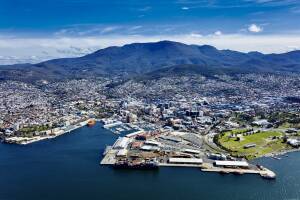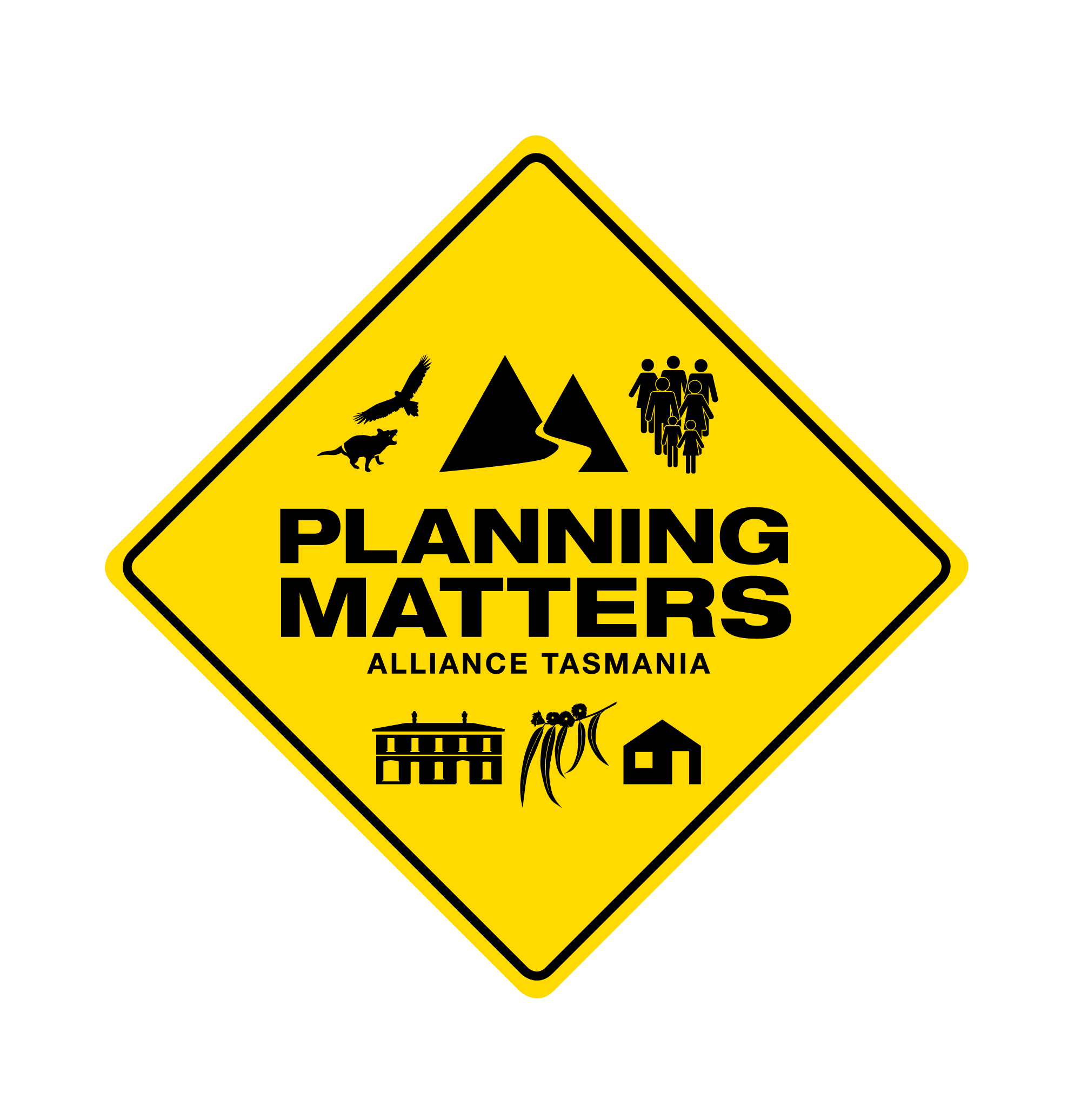- Submission
Scope/Content and Structure of the draft Tasmanian Planning Policies (TPPs)
Media Enquiries
Sophie Underwood
PMAT State Director
sophie_underwood@hotmail.com
0407 501 999
Please share:
Thank you for the opportunity to comment on the Tasmanian Government’s Tasmanian Planning Policies Scoping Paper for draft TPPs which is out for public comment between the 8 September and 22 October 2021.
Strategic statewide policies are the missing component of the Resource Management and Planning System and are critical as they provide the intention of the planning system.
While PMAT’s preference is for the development of State Policies (SPs) rather than TPPs – as SPs provide for a whole of Government approach and are more transparent as they are signed off by the Tasmanian Parliament – we do welcome efforts to develop strategic policies. Having two strategic layers is also confusing thus it would be beneficial for you to explain the relationship between the SPs and TPPs.
The TPPs, although creating another layer of complexity to the planning system, are important as they will influence the future of Tasmania by shaping the planning system.
The TPPs will inform both the upcoming review of the Tasmanian Planning Scheme and Tasmania’s three Regional Land Use Strategies. For example, the review of the State Planning Provisions (SPPs) is due to commence in March 2022.
From reading your documentation, we understand that the Tasmanian Planning Policies will set out what we need; the Regional Land Use Strategies will show where that need should be located and the Tasmanian Planning Scheme will outline how this may be achieved and provide the appropriate zoning in the Local Provisions Schedule. It would be useful to further provide an explanation of ‘need’ and how you are defining ‘need’. Public consultation should also be part of any new legislative framework for the development of the Regional Land Use Strategies. Presently, there is no guarantee of public comment on these critically important strategies.
Another concern is that holistic integrated planning is not possible in Tasmania as key land uses are currently exempt or partly exempt from Tasmania’s planning laws. For example mining, dams, forestry (public and private land) and aquaculture sit wholly or partly outside the planning system. This is why PMAT’s Principle 5 of our Platform calls for integration: ‘Principle 5: Integration: Provide an integrated assessment process across all types of developments (including mining, forestry, aquaculture, dams and tourism developments) on all land tenures(including reserved land (e.g. national parks), public land allocated to timber production (formerly known as state forest), and the marine environment) which includes consistent provision of mediation, public comment and appeal rights.’
As per Schedule 1 of the Land Use Planning and Approvals Act 1993, which includes encouraging public involvement in resource management and planning, we respectfully request that the Tasmanian Government dedicate more resources to community education and engagement regarding the importance of the TPPs, and why it is critical for the community to have their say on the TPPs. It is our understanding that nationally, Tasmania allocates the lowest amount of resources for strategic planning.
Simply placing documents on a website and advertising in local papers, is not enough to create community engagement and discussion on such critically important polices for Tasmania’s future well-being.
It is noted that the Minister for Planning’s recent media release, Giving Tasmanians an opportunity to help set the direction of future planning policies, September 2021, stated (emphasis added) that ‘Together with other reforms currently underway, the TPPs will help us deliver an efficient and up-to-date state-wide planning system that reflects our collective vision for Tasmania’s future.’ It will be difficult for the Tasmanian Government to state that the TPPs reflect a ‘collective’ vision, if the community does not understand the planning system, where the TPPs fit into that system, let alone not engaging with their development.
We also respectfully request that the Tasmanian Government listen and respond to community feedback in line with, for example, the United Nations Brisbane Declaration on Community Engagement, also see here. This Declaration was developed in 2005 at the first United Nations Conference on Community Engagement. The Declaration presents a robust definition of Community Engagement and principles for defining what makes for good engagement.
Also, what are your priorities for TPP development? As public engagement is a key part of the planning process (including TPP development) we would suggest that that the ‘Public Engagement in Planning Processes TPP’ is one of the first to be developed.
We look forward to the Tasmanian community being invited to have their say on the actual content and implementation statements when the new draft Tasmanian Planning Policies are released for public exhibition in early 2022.
More Submissions

The Future of Local Government Review – PMAT Submission on the Final Report
The Future of Local Government Review – PMAT submission on the Final Report, October 2023

PMAT Submission: The Future of Local Government Review Stage 3
Rather than undermining local Councils with the effective State Government takeover of Planning and Local Government, via the Tasmanian Planning Scheme, removing Councils as a

Representation – Draft Tasmanian Planning Policies
PMAT has been responding to the largest planning reform agenda in Tasmania’s history which has been conducted largely over two phases.

PMAT Submission: Regional Planning Framework March 2023
The regional planning framework refers to the legislative, regulatory or administrative arrangements that support Tasmania’s three Regional Land Use Strategies (RLUSs) which provide a high-level

Support Us
Receive News & Updates from PMAT
Stay informed on what’s happening locally and statewide within Tasmania, and join our community in advocating to protect Tasmania’s future.